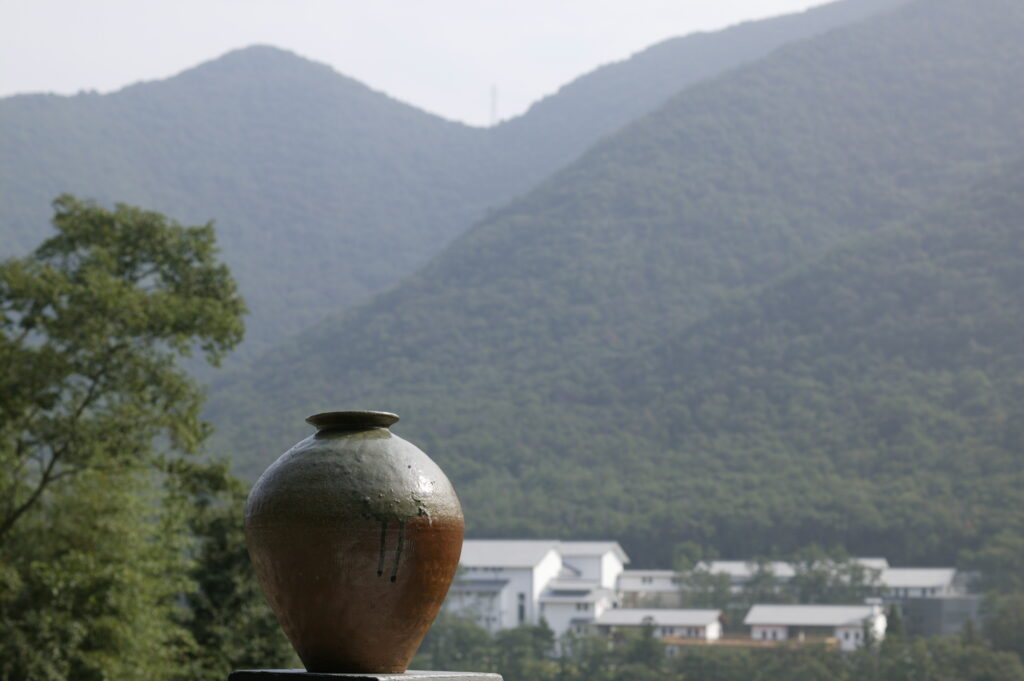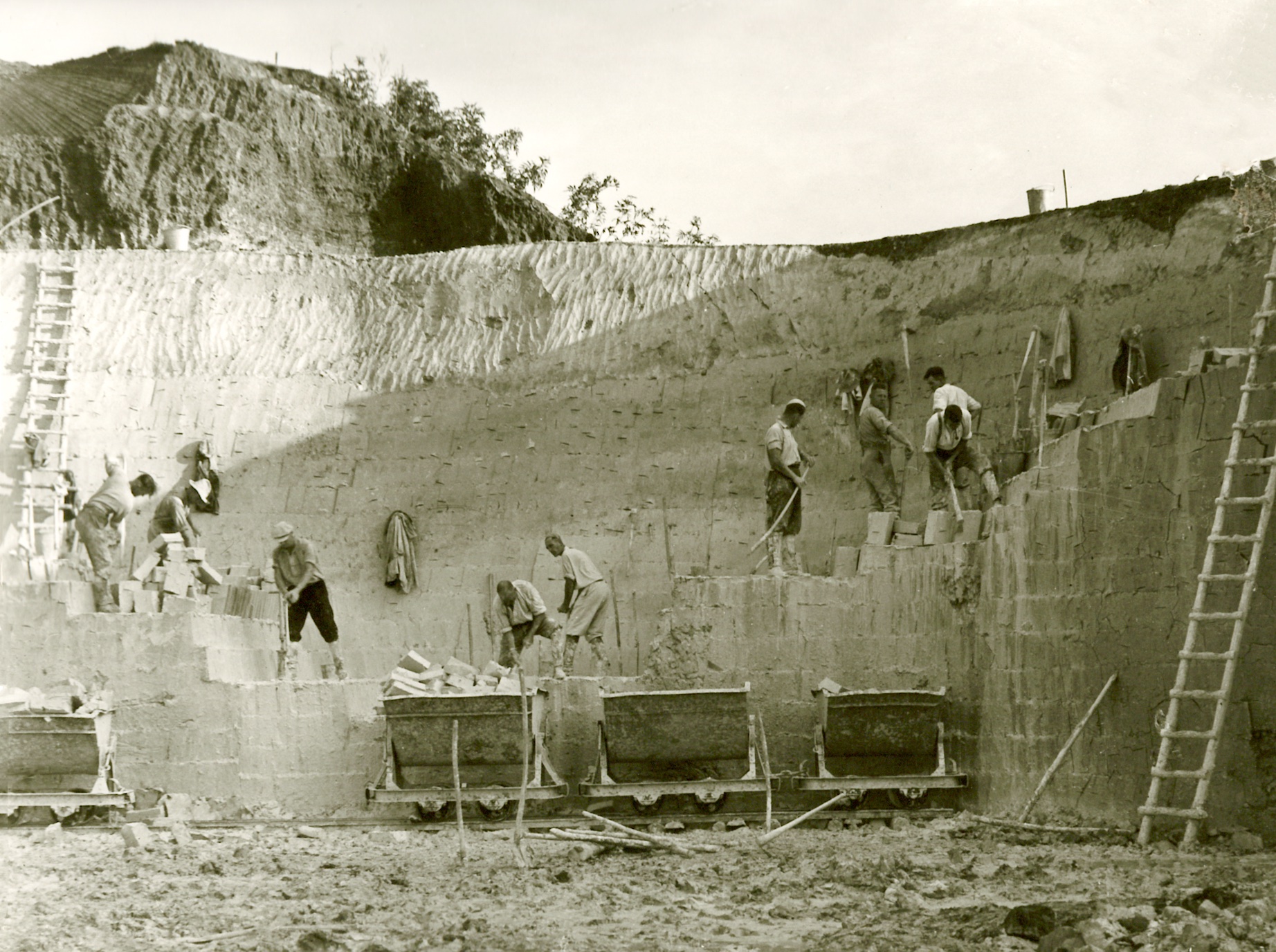Tamba Ware: A Timeless Tradition of Japanese Pottery


Japan is renowned for its traditional pottery regions, with


Japan is renowned for its traditional pottery regions, with

The vast and extensive clay quarries in the Westerwald region represent the largest connected deposits in Europe.